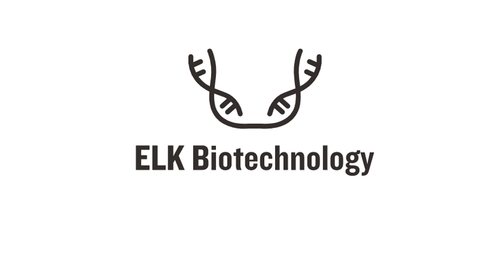Product Description
Rabbit Platelet-derived growth factor subunit A (PDGFA) ELISA Kit | AE28249RB | Abebio
Species Reactivity: Rabbit (Oryctolagus cuniculus)
Abbreviation: PDGFA
Alternative Name: PDGF-A; PDGF1; PDGF A-chain|platelet-derived growth factor alpha|platelet-derived growth factor alpha chain|platelet-derived growth factor alpha isoform 2 preproprotein
Application: ELISA
Range: 31.25-2000 pg/mL
Sensitivity: 10.8 pg/mL
Intra-Assay: ≤4.3%
Inter-Assay: ≤7.6%
Recovery: 0, 92
Sample Type: Serum, Plasma, Other biological fluids
Detection Method: Sandwich
Analysis Method : Quantitive
Test Principale: This assay employs a two-site sandwich ELISA to quantitate PDGFA in samples. An antibody specific for PDGFA has been pre-coated onto a microplate. Standards and samples are pipetted into the wells and anyPDGFA present is bound by the immobilized antibody. After removing any unbound substances, a biotin-conjugated antibody specific for PDGFA is added to the wells. After washing, Streptavidin conjugated Horseradish Peroxidase (HRP) is added to the wells. Following a wash to remove any unbound avidin-enzyme reagent, a substrate solution is added to the wells and color develops in proportion to the amount of PDGFA bound in the initial step. The color development is stopped and the intensity of the color is measured.
Product Overview: Platelet-derived growth factor subunit A is a member of the platelet-derived growth factor family. The four members of this family are mitogenic factors for cells of mesenchymal origin and are characterized by a motif of eight cysteines. This gene product can exist either as a homodimer or as a heterodimer with the platelet-derived growth factor beta polypeptide, where the dimers are connected by disulfide bonds. Studies using knockout mice have shown cellular defects in oligodendrocytes, alveolar smooth muscle cells, and Leydig cells in the testis; knockout mice die either as embryos or shortly after birth. Two splice variants have been identified for this gene.
Stability: The stability of ELISA kit is determined by the loss rate of activity. The loss rate of this kit is less than 5% within the expiration date under appropriate storage condition. The loss rate was determined by accelerated thermal degradation test. Keep the kit at 37°C for 4 and 7 days, and compare O.D.values of the kit kept at 37°C with that of at recommended temperature. (referring from China Biological Products Standard, which was calculated by the Arrhenius equation. For ELISA kit, 4 days storage at 37°C can be considered as 6 months at 2 - 8°C, which means 7 days at 37°C equaling 12 months at 2 - 8°C) .
 Euro
Euro
 USD
USD
 British Pound
British Pound
 NULL
NULL








